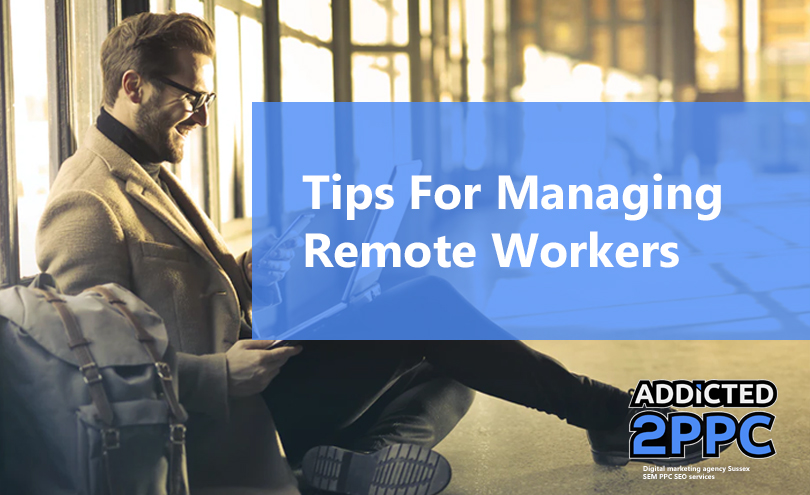Define Expectations
There is a lot to learn from context and the less time people spend in the workplace, the less context they have regarding their manager’s expectations. As such, managers have to be explicit regarding what the remote workforce needs to deliver. The parameters, metrics and deadlines of tasks need to be as clear as possible.
The manager’s feelings also need to be clear. So, for example, if they need progress reports every week or quick replies to emails, they should clear about that and be able to hold the employees accountable. A work time tracker app is a great way of keeping a track of tasks, see more here.
Individualize
Remote workers tend to feel liberated when outside the workplace, while others feel isolated when working alone. Some people like round the clock access to work while others require a physical boundary between the workplace and home. Some are night owls and like to work at midnight, while others are more productive during normal business hours.
Accepting the remote workforce way of working and reasoning helps you coach to the person on behalf of the organization, thus promoting the benefits that characterize remote work. Individualization plays a crucial part in making employees cared for, which is an important aspect of engagement.

Getting the most from remote working
Believe in Talent
Talent is essential in performance, more than any other trait, in fact. The employee’s strengths report, which showcases fields of potential excellence and their internal drivers can be an extremely valuable asset.
However, it is still important to take creativity, resourcefulness and diligence to develop the talent in the long run. Assignments and tasks related to the individual’s talents help them convert those talents into the strengths and, at the same time, boosting the outcomes.
Build Trust
Frequent conversations, individualization, and keeping promises are all excellent ways of building trust between managers and the employees. Face timing during onboarding helps a bit, in combination with yearly in-person meetings, when the employee is established. You can make these meetings social, but in most cases, there will be a case that calls for one on one conversations.
Creating lines of sight for the remote workforce also builds trust as well. Knowing who to address when in need of help aids development and enhances productivity. However, most remote workers do not have this perspective.
Managers who work to build trustworthy relationships with their workforce end up creating a healthy organization that meets their goals without too much strain in employee management.

